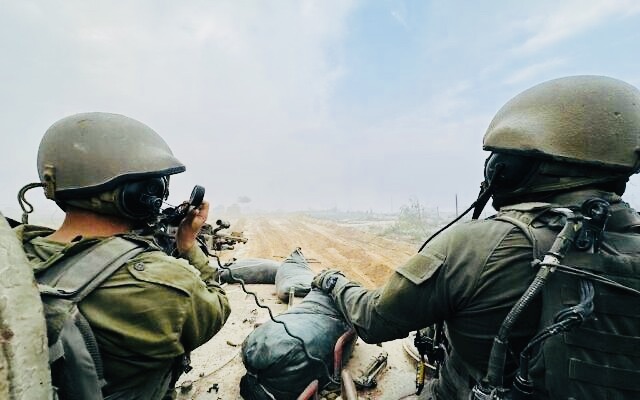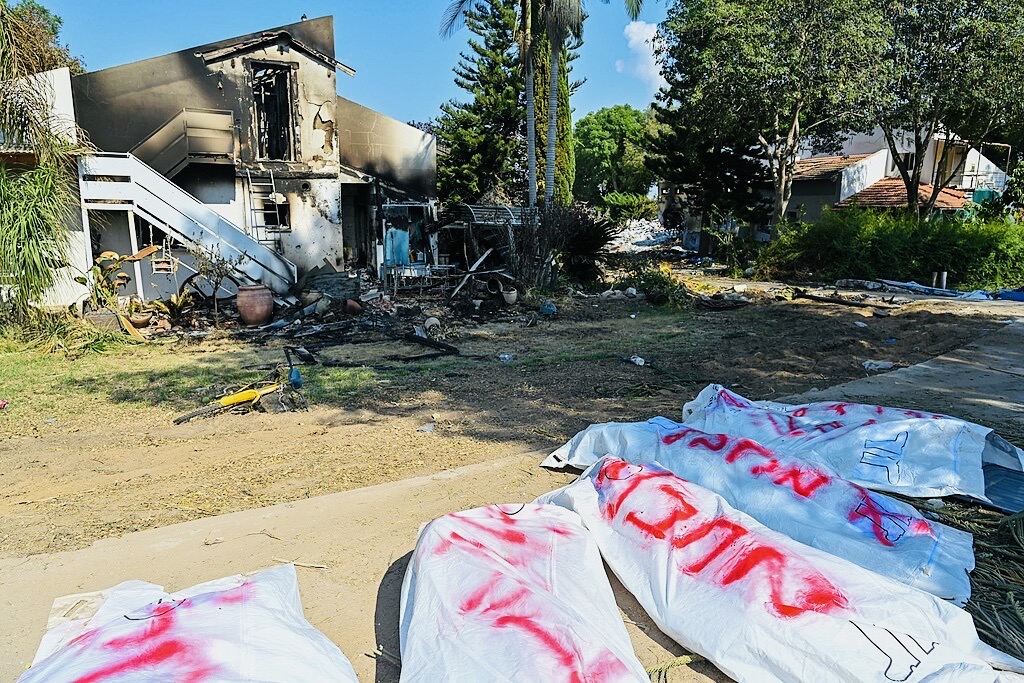Contrary to conventional wisdom, Hamas’ murderous assault in southern Israel on October 7 was not entirely surprising. Indeed, the Israeli government was forewarned in 2016 and 2017 that a devastating attack on this scale could be in the offing.
These warnings were issued by the then defence minister, Avigdor Liberman, and by two Bar-Ilan University researchers in 2016 and 2017.
Hamas’ highly successful terrorist raid, a colossal military and intelligence failure on Israel’s part, enabled some 3,000 heavily-armed terrorists to breach the border fence, establish beachheads in Israeli territory, murder 1,200 Israelis and foreigners, injure thousands more, and drag some 240 hostages back into the Gaza Strip.
According to documents found on the corpses of terrorists killed in clashes with Israeli troops, Hamas planned a second phase, hoping to reach larger Israeli cities and Jewish settlements in the West Bank.
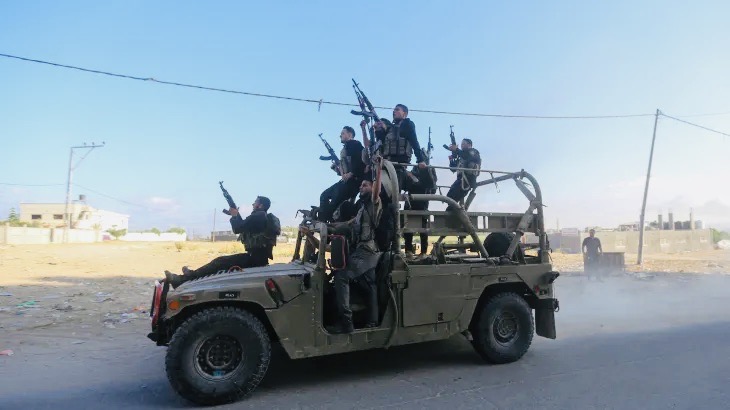
Khalil al-Hayya, a senior Hamas official in Qatar, said recently that Hamas’s overarching goal was to bring permanent war to Israel and revive interest in the Palestinian cause.
“What could change the equation was a great act, and without a doubt, it was known that the reaction to this great act would be big,” he told The New York Times. “We had to tell people that the Palestinian cause would not die.”

Despite all the warnings, Israel adhered to the status quo, ensuring that the terrorists would succeed.

In a top-secret document, which has since been declassified, Liberman — the leader of the Yisrael Beytenu Party — wrote, “Hamas intends to take the conflict into Israeli territory by sending a significant number of well-trained forces … into Israel to try to capture an Israeli community, or maybe several communities, on the Gaza border and take hostages. Beyond the physical harm to the people, this will also lead to significant harm to the morale and feelings of the citizens of Israel.”

Warning that Israel was too reliant on its costly high-tech security barrier, Liberman acknowledged that, while it was an important component of its defence system, it was not a “strategy in itself.”
Citing examples from the past in Europe and the Middle East, Liberman said that fences and fortifications do not guarantee security, much less peace.
Presenting his findings to both Prime Minister Benjamin Netanyahu and the chief of the armed forces, General Gadi Eisenkot, he urged them to launch a ground offensive into Gaza before Hamas could sufficiently build up its forces and arsenal of rockets.

Liberman noted that Hamas had assembled a 40,000-strong army and had acquired drones and electronic warfare capabilities.
His warning went unheeded.
Reluctant to launch a full bore invasion of Gaza, Israel preferred to adopt a policy of containment toward Hamas, which seemed reasonable at the time. Yet all the while, Hamas was actively preparing itself for a war with Israel.
Two Middle East specialists at Bar-Ilan University’s Begin-Sadat Center for Strategic Studies, Eitan Shamir and Eado Hecht, published a research paper warning of a scenario remarkably similar to the one that unfolded last month.
The center adds a caveat: “The researchers do not pretend to claim that they predicted exactly what happened on October 7 and certainly not the timing of this attack. However, in peace, the Israel Defence Forces’ structure was built around the opposite of what was observed as necessary …

“Our intention is not to pretend that we predicted the future, but rather to emphasize that the scenario was foreseeable and required the preparation of a response quite different from the approach that dominated the planning of the IDF’s force structure over two-a-half decades.”
Shamir and Hecht criticized the “significant reduction” of Israeli ground forces near Gaza, from which Israel withdrew in 2005. In their opinion, Israel should have guarded the Gaza border far more intensively. This objective could not be achieved with air power alone. “Quick reaction forces must be close enough to rapidly reinforce any area under attack, especially villages or towns adjacent to the border,” they wrote.
Shamir and Hecht argued that Hamas had enough properly-trained forces to launch cross-border incursions and occupy nearby communities. While Hamas “is lagging behind in the size of its trained raiding forces, it could develop this capability if it so chooses,” they said.
“The indication is that there could very well be attempts to conduct larger operations to capture, at least temporarily, not just some military post, but Israeli villages or towns adjacent to the border, or some important civilian or military installation further in for the purpose of conducting massacres and/or taking hostages.”
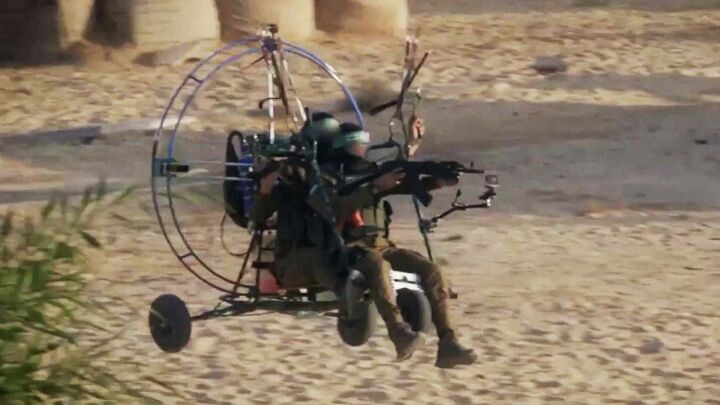
And in another prescient observation, they noted, “A number of Hamas commando troops have undergone parachute-glider training.”
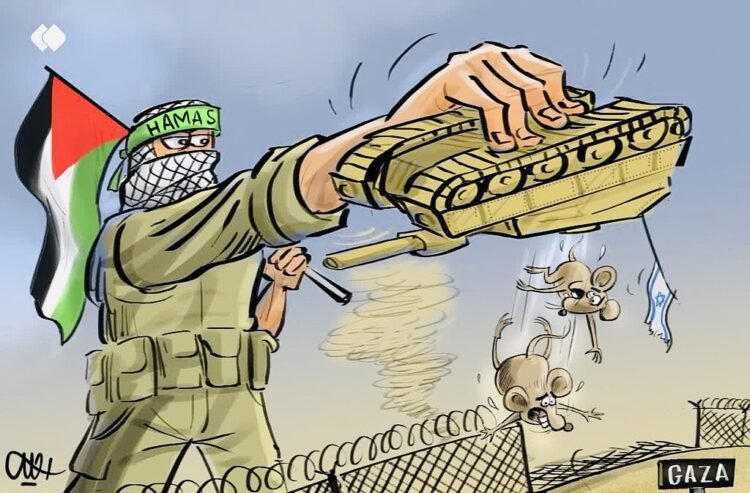
Unfortunately, neither the Israeli government nor the armed forces took these warnings seriously enough, resulting in the needless deaths of more than one thousand Israelis, the fifth Israel-Hamas war, the deaths of thousands of Palestinian civilians caught in the crossfire, and the devastation of Gaza.
Israel’s political and military leadership will have to pay a heavy price for this catastrophic oversight once this war ends.
